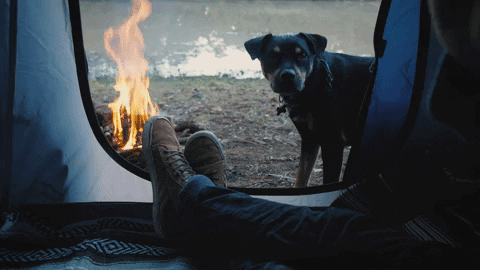Well, tenants, it’s that time of year again. Temperatures are falling below freezing. If you listen to the news, we keep hearing terms like “polar vortex” and “frigid temperatures”. Aside from meaning that you need to bundle up when you go outside, what other things should you consider? As temperatures go below freezing – especially when we have extended periods of time where temperatures are in the single digits or the teens, it can lead to problems inside your home or apartment such as frozen pipes.
Did you know that the normal pressure in a water line is usually between 40-60 PSI? When water freezes inside that same water line, pressures can increase to over 40,000 PSI because water has the unusual property of expanding as it freezes, as compared to most materials that contract when they get colder. This will cause water lines to split. Believe it or not, it isn’t the ice that causes the damage inside the house – it is when the ice thaws and allows the water to flow again. Aside from the inconvenience of having all of your possessions soaked with water, it can cause unbelievable amounts of damage to the property itself. This is NOT something you want to deal with. So what can tenants do to help prevent damage to their rental property?
Insurance companies, like State Farm and Allstate offer recommendations, such as:
- Keep your heat on, especially if you plan on being away from the house for a time (even if just going to work). Keeping the heat set to at least 65 degrees is a good idea.
- When it is extremely cold outside (single digits) it is a good idea to keep faucets dripping in a constant stream of water – this helps relieve pressure inside the lines and can help keep them from splitting. If you have a double handle faucet, open both hot and cold slightly. If you have a single-handle faucet, open it at the warm position (usually in the middle)
- Open door to all your rooms to allow warm air to circulate.
- Open doors to your sink base and vanity cabinets. This allows warm air to circulate around the pipes
- Ensure all exterior doors and windows are shut properly and windows are locked (this helps seal them to prevent drafts – which has the added benefit of helping with your heating bill)
- If you have a room that is usually colder, you can set up a fan to move warmer air to that room
- Make sure you know where the main water shut off valve is in case of emergency
Some other recommendations would include making sure outside hose bibs are turned off inside the house and the outside faucet is open (assuming there is a shut off inside the house). This is something you may wish to consult a maintenance person about because some types of hose bibs are “frost-proof” and are already protected. And for pipes that seem to freeze no matter what you do, you can wrap them with heat tape, such as can be commonly found at places like Home Depot and Lowes. Lastly, seal up any cracks or any areas that are a source of drafts.
Remember – its cold outside. Stay warm and stay safe.

